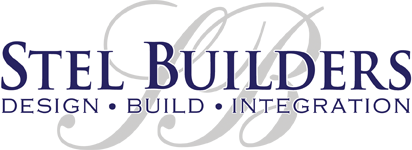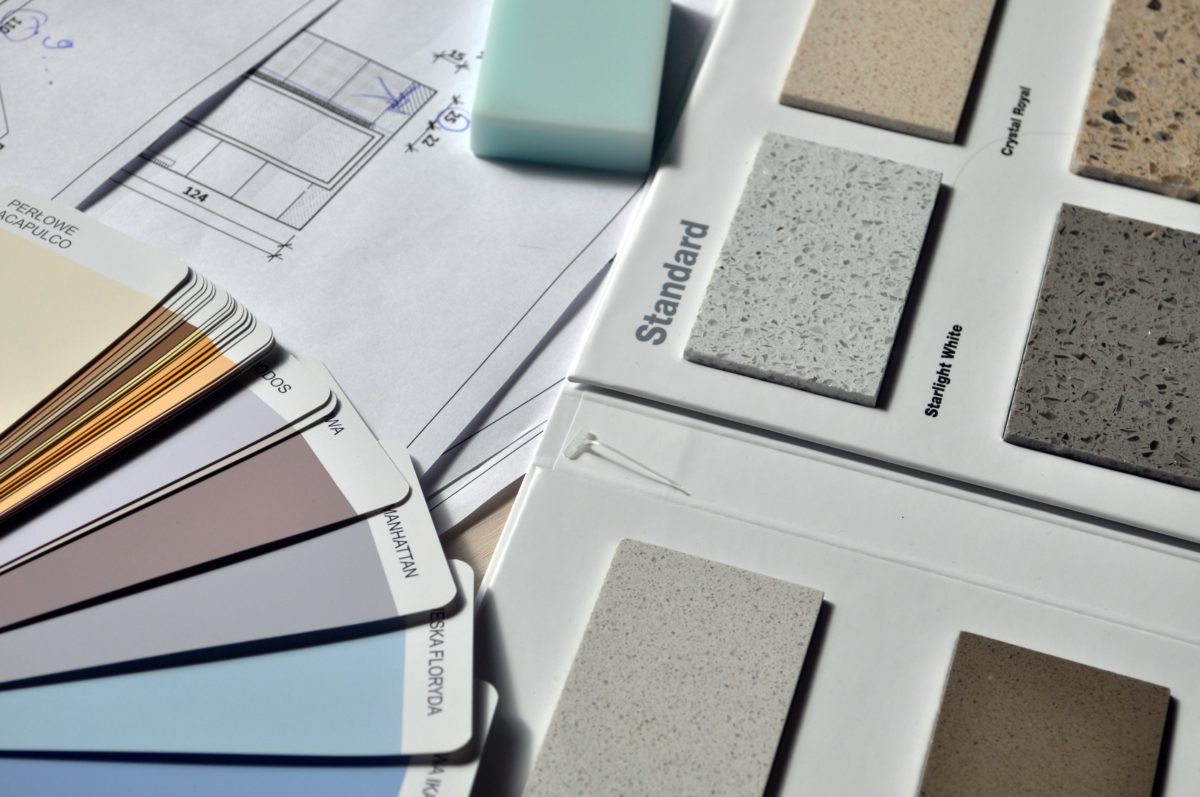When painting your walls, you’ll discover you’re not just picking out the color, you’re also picking out the sheen.
There are different levels of paint finish. From greatest to least shine, the most common types are:
Gloss: The easiest to scrub clean without accidentally taking off the paint, too. Therefore, appropriate for messy and/or wet areas like the kitchen and bathroom. However, because of its high reflection of light, it is easy to see every imperfection in the wall. It also can make your walls look like plastic, especially in darker colors.
Semi-gloss: A moderate alternative to glossy, retains many of the benefits of glossy without as many of the drawbacks.
Satin: Has a hint of glossy and is sometimes described as velvety (in look, not in touch). It resists moisture, is durable, and because of the slight sheen, shows wall imperfections slightly. This is a popular choice if you want to avoid as much gloss as possible and can be applied in any room.
Eggshell: Like its name, think of an egg’s shell. Mostly matte with just a little sheen and with similar properties as satin (sometimes a paint brand will have eggshell, but not satin, and vice versa).
Flat/matte: The least protection against moisture and mess, but the most cover-up for wall imperfections. Good for ceilings, adult bedrooms, dining rooms, formal living rooms.
What this means for you:
These listed sheens are not the only ones available. Some paint brands will have their own additional sheen options, but basically, the higher the sheen, the shinier it is, the more durable it is but with the least camouflage of surface imperfections.
High traffic areas, areas prone to mess and moisture, make sure your paint choice has some sheen. Personal preference can determine the amount of sheen, but remember to consider your lifestyle. If you have young children that love to turn your bathroom into a water park, perhaps err on semi-gloss instead of satin.

